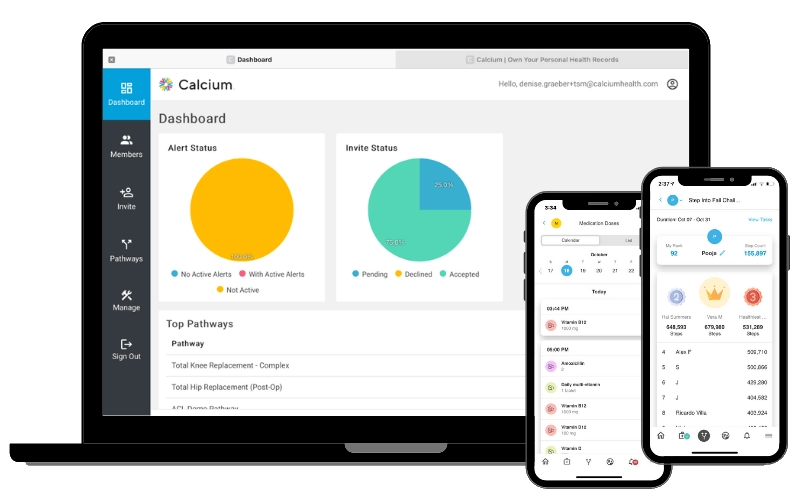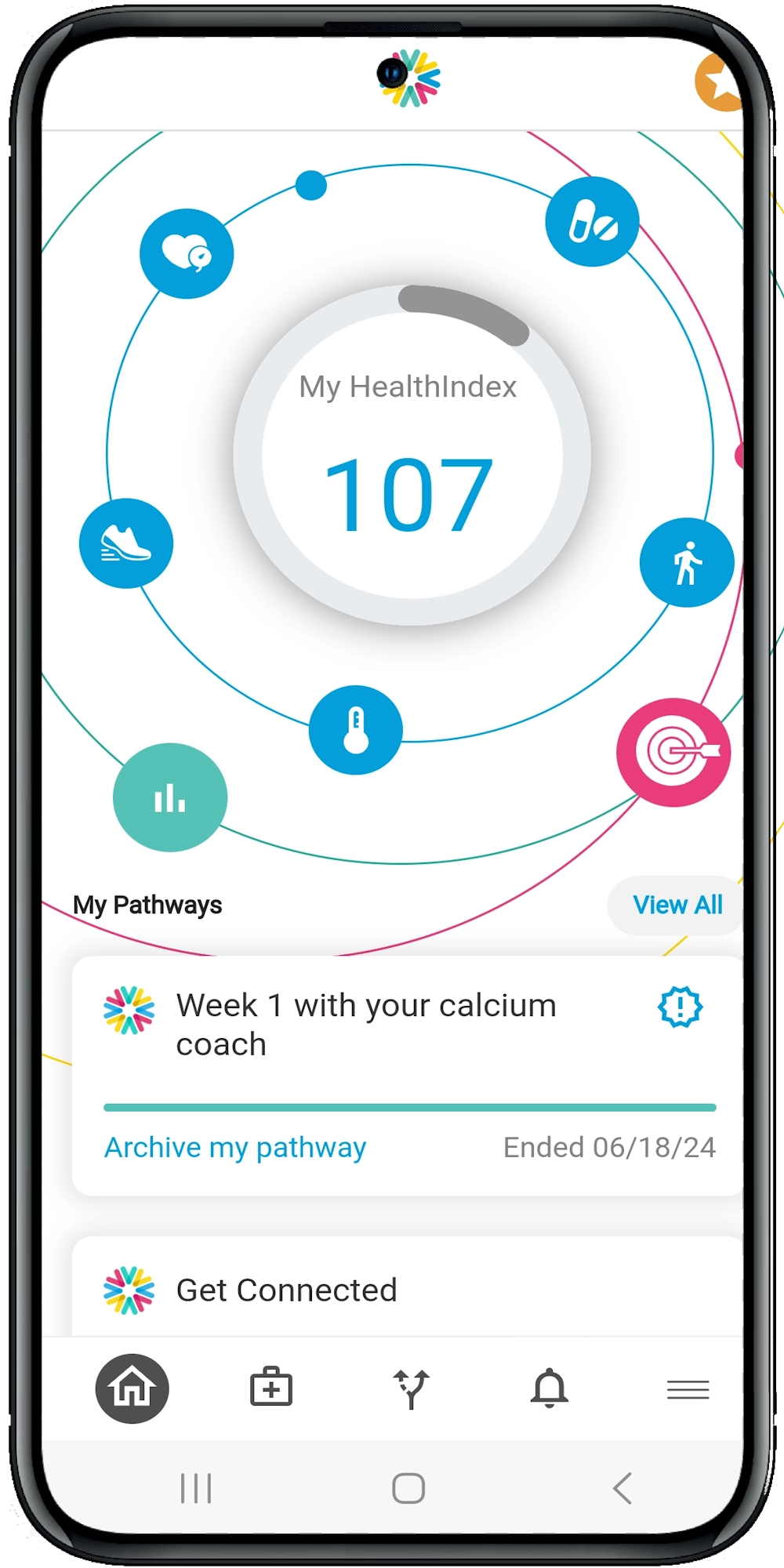Improving Patient Outcomes in Cancer Care Through Digital Health
The Role of Digital Health in Cancer Care
Enhanced Patient Monitoring:
- Wearable Devices: Devices like smartwatches and fitness trackers can monitor vital signs, physical activity, and sleep patterns. For cancer patients, these metrics can provide valuable insights into their overall health and recovery process.
- Remote Monitoring Systems: These systems allow healthcare providers to track a patient’s condition in real-time, offering the ability to intervene promptly if any anomalies are detected.
Telemedicine:
- Virtual Consultations: Telemedicine enables patients to consult with their oncologists from the comfort of their homes. This is particularly beneficial for those living in remote areas or those with mobility issues.
- Follow-Up Care: Regular follow-ups are crucial in cancer care. Telemedicine ensures that these follow-ups are consistent and convenient, reducing the risk of missed appointments.
Patient Engagement and Education:
- Mobile Health Apps: Apps designed specifically for cancer patients can provide educational resources, medication reminders, and symptom trackers. These tools empower patients to take an active role in their care.
- Online Support Communities: Digital platforms offer a space for patients to connect with others going through similar experiences, providing emotional support and shared knowledge.
Data-Driven Decision Making:
- Electronic Health Records (EHRs): EHRs centralize patient information, making it easily accessible to all members of the healthcare team. This ensures that everyone is on the same page, facilitating coordinated care.
- AI and Predictive Analytics: AI can analyze vast amounts of data to identify patterns and predict outcomes. For instance, predictive models can help determine the likelihood of cancer recurrence, enabling proactive measures.
Practical Applications in Clinical Settings
- Assess Needs and Goals: Identify the specific needs of your patient population and the goals you aim to achieve with digital health tools. Are you looking to improve patient monitoring, enhance communication, or streamline data management?
- Choose the Right Tools: Select digital health tools that align with your goals. For instance, if your primary aim is to enhance patient monitoring, consider investing in wearable devices and remote monitoring systems.
- Train Your Team: Ensure that all healthcare providers are trained to use the new tools effectively. This includes understanding how to interpret data from wearable devices and how to conduct virtual consultations.
- Engage Patients: Educate your patients about the benefits of digital health tools and how to use them. Provide resources and support to help them integrate these tools into their daily lives.
- Monitor and Evaluate: Continuously monitor the effectiveness of the digital health tools and make adjustments as needed. Collect feedback from both patients and healthcare providers to identify areas for improvement.
Addressing Challenges and Barriers
- Data Privacy and Security: Ensuring the privacy and security of patient data is paramount. Implement robust cybersecurity measures and educate patients about the importance of protecting their personal information.
- Technology Adoption: Not all patients are tech-savvy. Provide training and support to help them navigate new technologies. Consider offering alternative options for those who may struggle with digital tools.
- Integration with Existing Systems: Integrating new digital health tools with existing healthcare systems can be complex. Work with IT professionals to ensure seamless integration and minimize disruptions.
The Future of Digital Health in Cancer Care
- Personalized Medicine: AI and big data analytics will enable more personalized treatment plans tailored to the unique genetic makeup and health profile of each patient.
- Virtual Reality (VR) and Augmented Reality (AR): VR and AR can be used for patient education, surgical planning, and even pain management. Imagine a cancer patient using VR to visualize their treatment process, making it less daunting.
- Blockchain Technology: Blockchain can enhance data security and interoperability, ensuring that patient information is both secure and accessible to authorized healthcare providers.
Summary and Suggestions
Digital health is transforming cancer care, offering new ways to monitor, engage, and treat patients. By embracing these technologies, healthcare providers can improve patient outcomes and enhance the overall quality of care. Ready to dive deeper into digital health solutions? Explore our other resources or schedule a demo to learn more about our innovative digital health platform.





